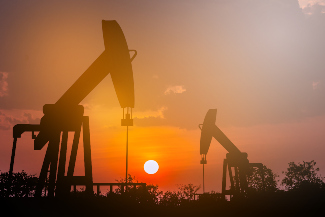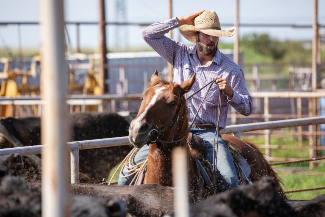One of the top things to do in Midland Texas is explore the oil industry. The city is home to the Permian Basin Petroleum Museum, a replica of a 1930s oil town that visitors can explore with interactive exhibits. You can also see George W. Bush‘s childhood home, restored to the 1950s. Although the former president’s family lived in this house, it’s now a historical museum where you can learn about the president and his family.
The weather in Midland is largely semi-arid, with the majority of rainfall falling in the summer. The area receives 14.6 inches of precipitation a year and experiences only short periods of sub-freezing temperatures. In contrast, the city has  long hot summers with temperatures averaging over 100 degrees Fahrenheit on 16 days a year. The city’s population is around 92,000 people, and is home to many businesses and government buildings.
long hot summers with temperatures averaging over 100 degrees Fahrenheit on 16 days a year. The city’s population is around 92,000 people, and is home to many businesses and government buildings.
As a result of its oil-rich location, the city has paid attention to both surface transportation and air transport. Modern expressways connect the city to Odessa and Dallas, while its geographic location makes it a prime transit hub. The midpoint of this corridor is also a key advantage, as it means it can serve as a gateway to a booming retail economy. In addition to being surrounded by a major highway, Midland also has many airports and a major international air service.
The city was originally named for its location midway between the two cities, Fort Worth and El Paso. It became a thriving oil town during the 20th century, but today it is a quiet corner of the oil patch. There are some great places to visit, including the Permian Basin Petroleum Museum at 1500 I-20, located in Midland. The Bank of America Building is Midland’s tallest building, and there is lane-side food service available.
![]()
Stand With The Natives – Share Our Millions
Click Here
![]()
The city has developed as an important telecommunications and oil-producing center. The town is heavily dependent on petroleum, but it has diversified into a major regional distribution center. The Permian Basin is home to some of the largest oil and gas fields in the world. The city also has a thriving oil industry. There is a strong reliance on natural gas. It is a telecommunications hub, and is also a large regional distribution center.
The city’s airport is called the Midland International Air and Space Port. The city is now a thriving oil town with a population of 142,000. It has an international airport, which is also home to the Midland International Air and Space Port. The downtown area is also well-developed, with a high-end shopping mall and plenty of public housing. During the 1980s, the first major commercial activity was in the oil industry.
The city has a diverse population, and its median income is under $80,000, which is lower than the national average of $55,000. The city has a multicultural population, with a majority of residents being Hispanic. The average Midland resident is a Hispanic and Asian. In the 2010 census, the city’s ethnicity was 1.1% Asian and 2% other races. There are a number of cultural activities in the Midland area, and the area is considered a Hispanic community.
The city’s population was estimated at 2,500 in 1900. The city’s population was largely white. However, as of the 1910 census, the city’s population was mostly Hispanic. Its charter was renewed in January 1911 and the city was governed under a council and aldermanic system until 1940. The population of Midland grew to 20,500 by 1914, and it had a cotton gin. At that time, the town’s first post office was established.
census, the city’s population was mostly Hispanic. Its charter was renewed in January 1911 and the city was governed under a council and aldermanic system until 1940. The population of Midland grew to 20,500 by 1914, and it had a cotton gin. At that time, the town’s first post office was established.
There are many reasons to visit Midland. During the Second World War, the town had one of the largest bombardier training bases in the country. The town had a large number of US troops stationed in the area, and in later years, the town was home to a number of war veterans. In the 1970s, the city’s population grew and tourism boom began. The city’s population increased dramatically and it became an industrial and commercial center.
During the early 20th century, the city was a center for trade. This was an important time for the Texas and Pacific Railway. It was on the line of the railroad and became a major cattle shipping center. By the end of the nineteenth century, the town had a population of a thousand people. The population grew quickly to more than 100,000 and today, the city has a number of cultural attractions. In fact, the United Methodist Church is the largest Protestant church in the region.
![]()
Stand With The Natives – Share Our Millions
Click Here
![]()


